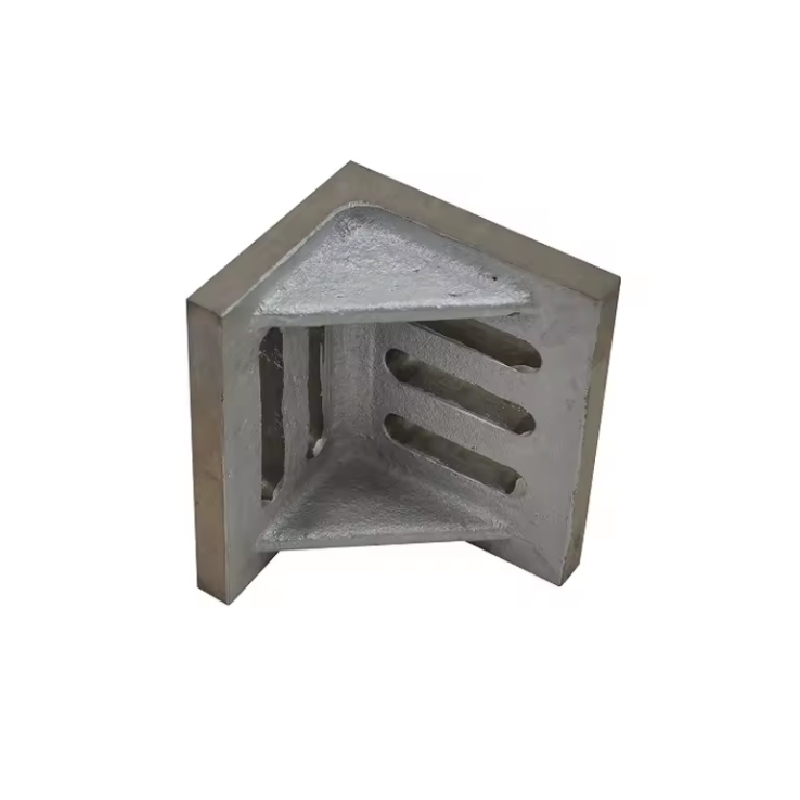Dhj . 01, 2024 18:49 Back to list
6 inch flanged gate valve
Understanding 6-Inch Flanged Gate Valves A Comprehensive Overview
In various industrial applications, valves play a crucial role in controlling the flow of fluids in piping systems. Among the myriad of valve types, the 6-inch flanged gate valve stands out due to its design and functionality. This article will explore the characteristics, applications, advantages, and maintenance of this essential component in fluid control systems.
What is a Flanged Gate Valve?
A gate valve is a type of valve used to regulate the flow of liquids or gases. Its design consists of a round or rectangular gate that slides between two seats to either allow or block the flow. The term flanged refers to the method of connection; the valve has flanges on either end, which allow it to be bolted securely to the piping system. A 6-inch size designation indicates the diameter of the valve's opening, making it suitable for moderate to large flow applications.
Characteristics of 6-Inch Flanged Gate Valves
1. Material Construction Flanged gate valves are typically constructed from materials such as cast iron, carbon steel, or stainless steel. The choice of material depends on the fluid medium, operating pressure, and temperature range of the application.
2. Design Features A standard flanged gate valve includes features like a rising or non-rising stem, sealing surfaces, and bolted flanges. The rising stem type makes it easy to visually verify whether the valve is open or closed.
3. Pressure Ratings 6-inch flanged gate valves are available in various pressure ratings, ensuring compatibility with different systems. Common ratings include ANSI classes 150, 300, and 600, which indicate the maximum pressure the valve can withstand safely.
4. Flow Characteristics Gate valves are known for their ability to provide a straight-line flow path when fully open, minimizing resistance. This characteristic makes them ideal for applications where a full flow is necessary.
Applications of 6-Inch Flanged Gate Valves
6-inch flanged gate valves find extensive use in various industries, including
- Water Supply and Wastewater Treatment These valves are vital in water treatment facilities to control the flow of water and sewage efficiently. - Oil and Gas In oil refineries and gas pipelines, gate valves are employed for on/off control of flow in high-pressure systems.
- Power Generation The energy sector utilizes flanged gate valves in steam systems and cooling water applications.
- Chemical Processing Industries handling corrosive substances often rely on stainless steel flanged gate valves for durability and reliability
.6 inch flanged gate valve

Advantages of 6-Inch Flanged Gate Valves
1. Minimal Pressure Drop When fully opened, gate valves offer negligible resistance to fluid flow, ensuring efficient system performance.
2. Durability Constructed from robust materials, these valves resist wear and corrosion, leading to a longer service life.
3. Versatility Flanged gate valves are suitable for a wide range of fluids, making them versatile for various applications.
4. Ease of Maintenance Regular maintenance involves checking the seals and cleaning the valve body, which can be done without removing the valve from the pipeline.
Maintenance and Best Practices
To ensure optimal performance and longevity of a 6-inch flanged gate valve, regular maintenance is essential. Here are some best practices
- Routine Inspections Regular checks for leaks, wear, and seating integrity can help identify potential issues before they become significant problems.
- Proper Operation Avoiding rapid opening and closing can prevent shock loads that might damage the valve.
- Lubrication Lubricating the stem and threads can reduce friction and extend the valve's operational life.
- Storage Considerations If not immediately installed, valves should be stored in a dry environment to prevent corrosion and debris accumulation.
Conclusion
The 6-inch flanged gate valve is a vital component in many industrial applications, offering reliability and efficiency in fluid management. Understanding its features, applications, and maintenance requirements ensures that operators can maximize its performance and lifespan. As industries continue to evolve, the importance of such valves will remain, highlighting the need for proper selection and care.
-
thread-plug-gauge-our-promise-of-measurement-excellenceNewsAug.22,2025
-
gauge-pin-class-reflecting-quality-legacyNewsAug.22,2025
-
check-valve-types-for-high-rise-buildingsNewsAug.22,2025
-
water-control-valve-for-irrigation-systemsNewsAug.22,2025
-
gate-valve-with-soft-seal-technologyNewsAug.22,2025
-
y-type-strainer-for-oil-and-gas-applicationsNewsAug.22,2025
Related PRODUCTS









